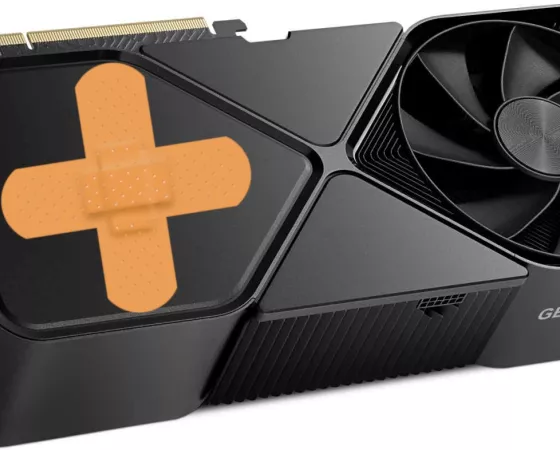An anonymous reader quotes a report from Ars Technica: CBS cannot contain the online spread of a "60 Minutes" segment that its editor-in-chief, Bari Weiss, tried to block from airing. The episode, "Inside CECOT," featured testimonies from US deportees who were tortured or suffered physical or sexual abuse at a notorious Salvadoran prison, the Center for the Confinement of Terrorism. "Welcome to hell," one former inmate was told upon arriving, the segment reported, while also highlighting a clip of Donald Trump praising CECOT and its leadership for "great facilities, very strong facilities, and they don't play games."
Weiss controversially pulled the segment on Monday, claiming it could not air in the US because it lacked critical voices, as no Trump officials were interviewed. She claimed that the segment "did not advance the ball" and merely echoed others' reporting, NBC News reported. Her plan was to air the segment when it was "ready," insisting that holding stories "for whatever reason" happens "every day in every newsroom." But Weiss apparently did not realize that the "Inside CECOT" would still stream in Canada, giving the public a chance to view the segment as reporters had intended.
Critics accusing CBS of censoring the story quickly shared the segment online Monday after discovering that it was available on the Global TV app. Using a VPN to connect to the app with a Canadian IP address was all it took to override Weiss' block in the US, as 404 Media reported the segment was uploaded to "to a variety of file sharing sites and services, including iCloud, Mega, and as a torrent," including on the recently revived file-sharing service LimeWire. It's currently also available to stream on the Internet Archive, where one reviewer largely summed up the public's response so far, writing, "cannot believe this was pulled, not a dang thing wrong with this segment except it shows truth." "Yo what," joked Reddit user Howzitgoin, highlighting only the word "LimeWire." Another user responded, "man, who knew my nostalgia prof pic would become relevant again, WTF."
"Bringing back LimeWire to illegally rip copies of reporting suppressed by the government is definitely some cyberpunk shit," a Bluesky user wrote.
"We need a champion against the darkness," a Reddit commenter echoed. "I side with LimeWire."


Read more of this story at Slashdot.
 NVIDIA a publié, il y a quelques jours ses pilotes GeForce Game Ready 591.59. David vous avait fait une présentation de ces derniers pilotes GeForce Game Ready, avec les choses à en attendre. Toutefois, il persiste des bugs (introduits avec ?) qu'il a fallu éradiquer, et le hotfix était un bon moyen...
NVIDIA a publié, il y a quelques jours ses pilotes GeForce Game Ready 591.59. David vous avait fait une présentation de ces derniers pilotes GeForce Game Ready, avec les choses à en attendre. Toutefois, il persiste des bugs (introduits avec ?) qu'il a fallu éradiquer, et le hotfix était un bon moyen...